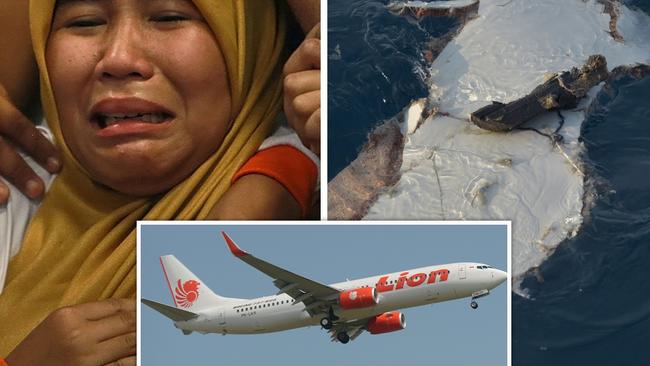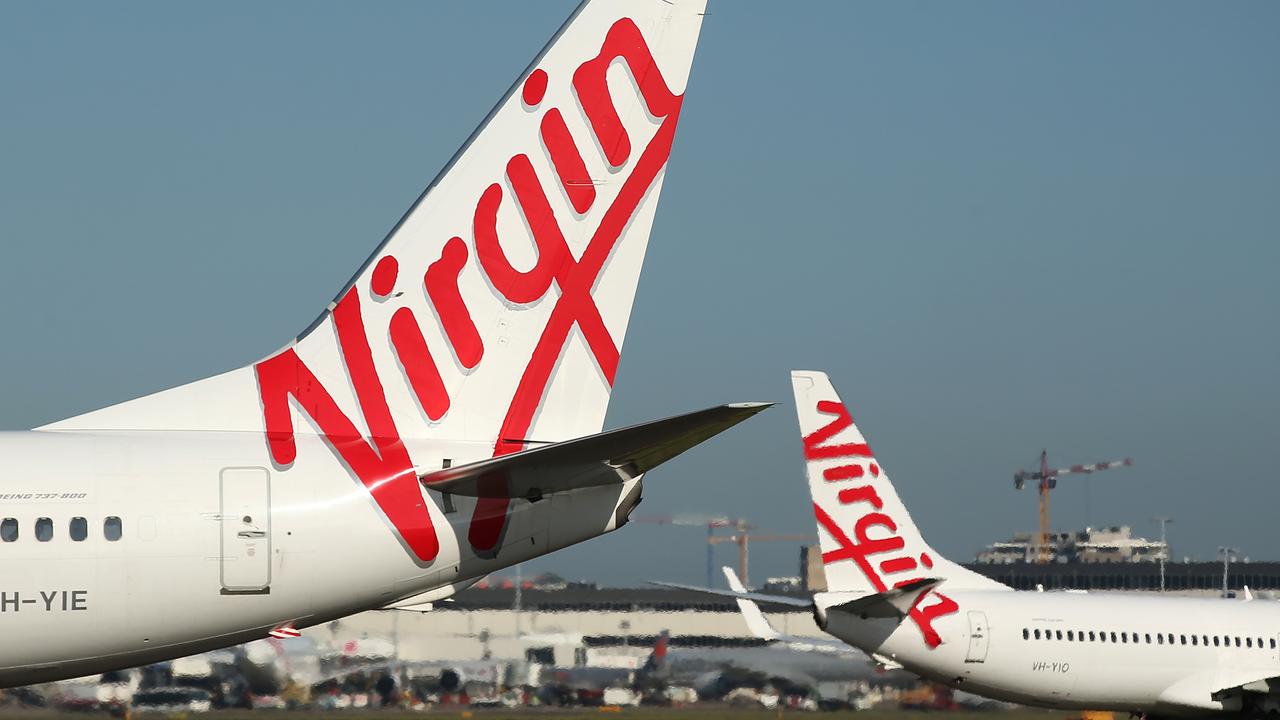Lion Air Boeing 737 plane that crashed ‘shouldn’t have been allowed to fly’
The Lion Air plane that crashed off Indonesia should not have been allowed to fly after it experienced serious technical problems.

The Boeing 737 Max 8 that crashed off Indonesia last month should not have been allowed to fly on October 29, after experiencing serious technical problems the day before.
That is the key finding of the preliminary report released today by the National Transportation Safety Committee of Indonesia, following the crash that killed all 189 people on board.
The report detailed the flight on October 28 from Denpasar to Jakarta, which experienced the problem of automatic nose trim commands, making the 737 Max difficult to control.
Despite the issues, the engineer in Jakarta did not brief the pilot of flight JT610 about the “very serious” problems with the expectation that he would read the maintenance log.
It was revealed the pilots on the previous flight ran through several checklists to overcome the issues with the automatic nose down commands, thought to have been triggered by erroneous information from an angle of attack sensor.
A statement from Boeing said it was not known if the pilots in the cockpit of flight JT610 carried out the same procedures.
“Data from the flight data recorder summarised in the report makes clear that, as on the previous flight, the aeroplane experienced automatic nose down trim (commands forcing the nose the aircraft down),” said the statement.
“In response, the flight crew repeatedly commanded nose up trim. This sequence repeated for the remainder of the flight during which the flight crew was able to maintain control of the aeroplane for approximately ten minutes.”
The statement went onto say it was unclear if the pilot performed the “runaway stabiliser” procedure or cut out the stabiliser trim switches which should have overcome the issues with the automatic nose down trim, controlled by a system known as MCAS.
“Boeing appreciates Indonesia’s National Transportation Safety Committee for its ongoing efforts to investigate the causes of the accident,” the statement said.
“Boeing is taking every measure to fully understand all aspects of this accident, working closely with the US National Transportation Safety Board as technical advisers to support the NTSC as the investigation continues.”
Although the flight data recorder has been retrieved, search crews are yet to locate the cockpit voice recorder which will reveal just how the pilots responded to the unfolding crisis.
There is much at stake for Boeing which has seen its share price plummet in the weeks after the crash, and revelations pilots were not aware of the MCAS implications in certain conditions.
Today’s statement emphasised the culture of safety at Boeing and said customers and passengers of the 737 Max, should be assured the aircraft was “as safe as any other to have flown the skies”.
The NTSC report recommended pilots “familiarise themselves better with operating manuals and ensure all operation documents be properly filled out and documented”.




